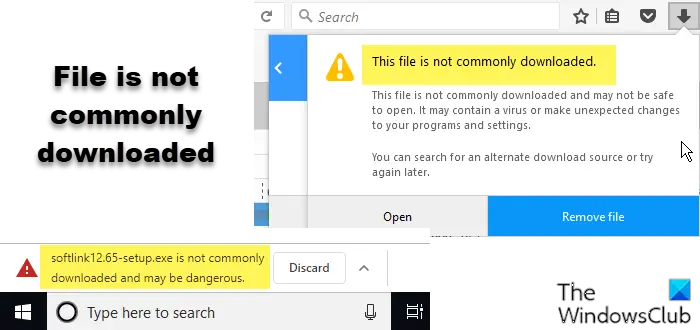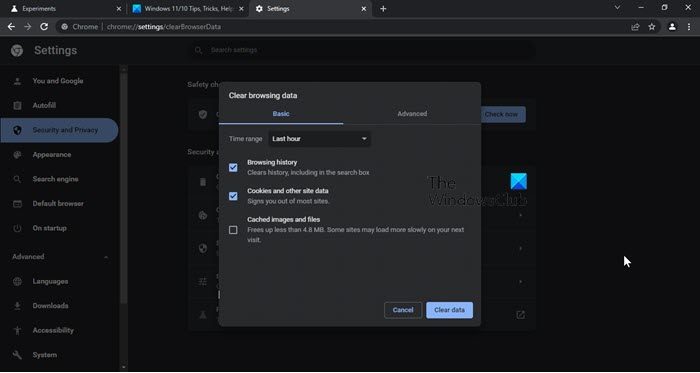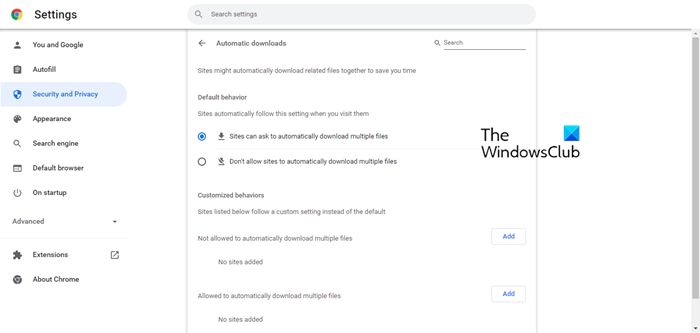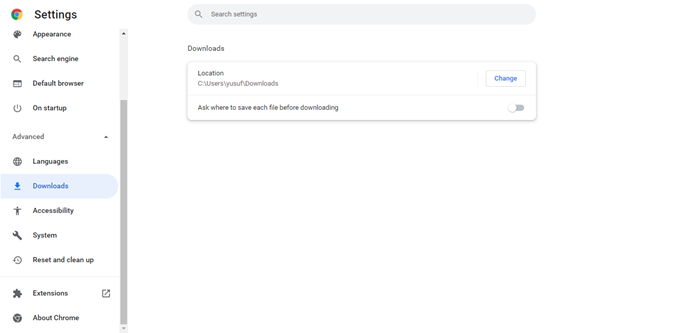If you see a File is not commonly downloaded message in Google Chrome or Mozilla Firefox, when trying to download a file to your PC, then this post explains what it means and what you need to do.
Filename is not commonly downloaded and may be dangerous – Chrome
This File is not commonly downloaded and may not be safe – Firefox

File is not commonly downloaded and may be dangerous
From the telemetric data that Chrome or Firefox browsers collected from its users, it may display this message if it comes across a download that is new or not downloaded so often. In such a case it displayed this warning. Now the file may be safe – but since it has not been downloaded much, this message is displayed. It is up to you to decide if the website source from where you are downloading is safe or not and if the download is safe or not too. Based on your reading you may choose to Keep or Discard. Even if the file downloaded is malicious, your antivirus software will be there to quarantine it. nevertheless, as a matter of abundant precaution, you should scan the file with your antivirus or upload it to an online service to get it scanned with multiple antivirus software. So your options are:
- Allow the file if you think it is safe
- Scan the webpage for malware
- Scan the file using VirusTotal or Jotti
- Clear Cache and Browsing data and try again
Let us talk about them in detail.
1] Allow the file if you think it is safe

Chrome has its own antivirus, which is pretty good in rectifying malicious files and then blocking them. It scans the website and checks if the website and/or apps and files that its hosts are malicious. It will then notify you about the infection and ask you to not download it.
However, if you are certain that the file is not malicious, then you can allow it to be downloaded.
- To do that in Chrome, you have to click on the Arrow placed next to the Discard and click Keep.
- Similarly in Firefox, you need to select Open.
2] Scan the webpage for malware
If you are not able to trust Google Chrome’s antivirus and want to try another method to check the page. Use an online URL scanner to check if the web page is safe or hosts malware. They allow you to paste the website and scan it for malware or virus. It will basically use its antivirus to do the probing and if the website is not malicious, you can download the app, otherwise, it is better to discard it.
Here are some additional ways to check if a Website or URL is safe.
3] Scan the file using VirusTotal or Jotti
Scan the file with Windows Defender or your antivirus or upload it to an online service to get it scanned with multiple antivirus engines. Using a service like VirusTotal or Jotti is recommended.
4] Clear Cache and Browsing Data

Corrupted cache and browsing data can cause peculiar issues, including the one in question. We are going to clear them and restart the browser and hopefully, that will resolve the issue. To clear cache and browsing data in Chrome, you need to follow the prescribed steps.
- Click on the three vertical dots and select Settings.
- Go to Security and Privacy from the left panel.
- Click on Clear browsing data.
- Select Time range to All time.
- Tick the boxes associated with the files you want to delete and click on the Clear data button.
Similarly, you can clear your Firefox browsing cache and try again.
Related read: Google Chrome warnings in browser explained.
Why files are not getting downloaded in Chrome?
You should identify what kind of error you are getting. If the download is not starting, then check your bandwidth and fix the slow Internet. On the other hand, the antivirus is blocking the file, try the solutions mentioned here to resolve the issue. We would also recommend you to check our guide to fix download errors in Google Chrome, as these issues sometimes require specific solutions.
How do I change my default download settings in Chrome?
Following are the settings we are going to change in Google Chrome.
- Change the Download Permission
- Change the Download Location
- Change PDF Download Permission
Let us see how to do the same.
Change the Download Permission

To change the download permissions in Chrome, follow the prescribed steps.
- Open Chrome and go to the Settings.
- Go to Privacy & Security > Site Settings > Additonal Pemissions > Automatic downloads.
- Choose the Default behavior.
Change the Download Location

To change Chrome’s download location, follow the prescribed steps.
- Go to Chrome’s Settings.
- Click Advanced > Downloads.
- Change the location.
Change PDF Download Settings.
To change PDF download settings, follow these steps.
- Open Chrome and go to the Settings.
- Go to Privacy & Security > Site Settings > Additional content settings > PDF documents.
- Make the amendments.
Why is Firefox not asking to save downloads?
By default, Firefox saves the downloaded files to the Downloads folder on Windows computers. You can change the download location in Firefox Settings. If you want Firefox to ask you every time you save your files, you have to enable the “Always ask you where to save files” option. If this option is unchecked, Firefox will not ask you where to save the files.
That’s it!
Also Read: Download is in progress says Chrome; But nothing is downloading.
Leave a Reply